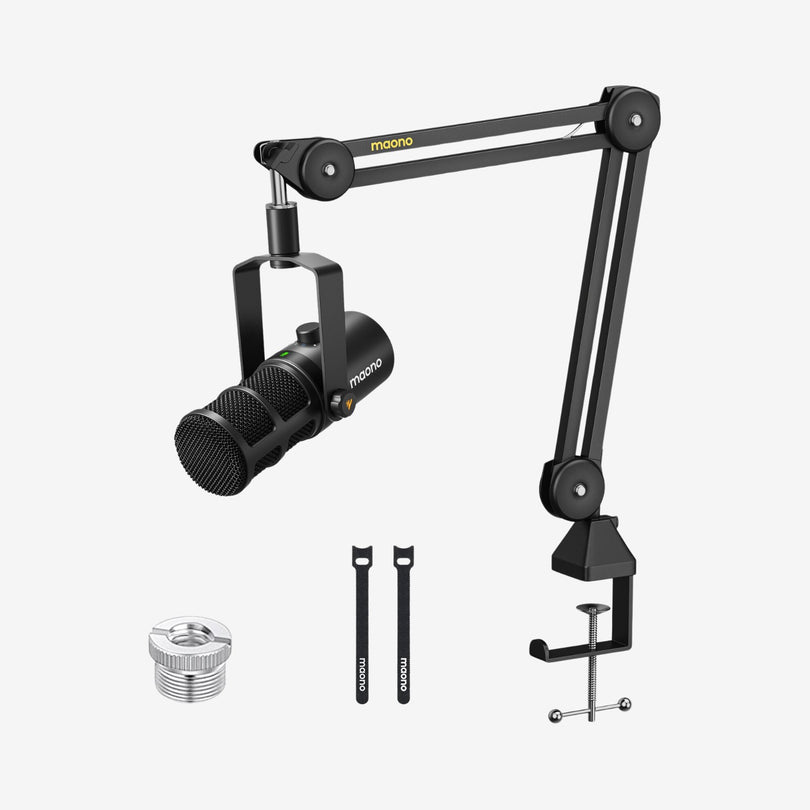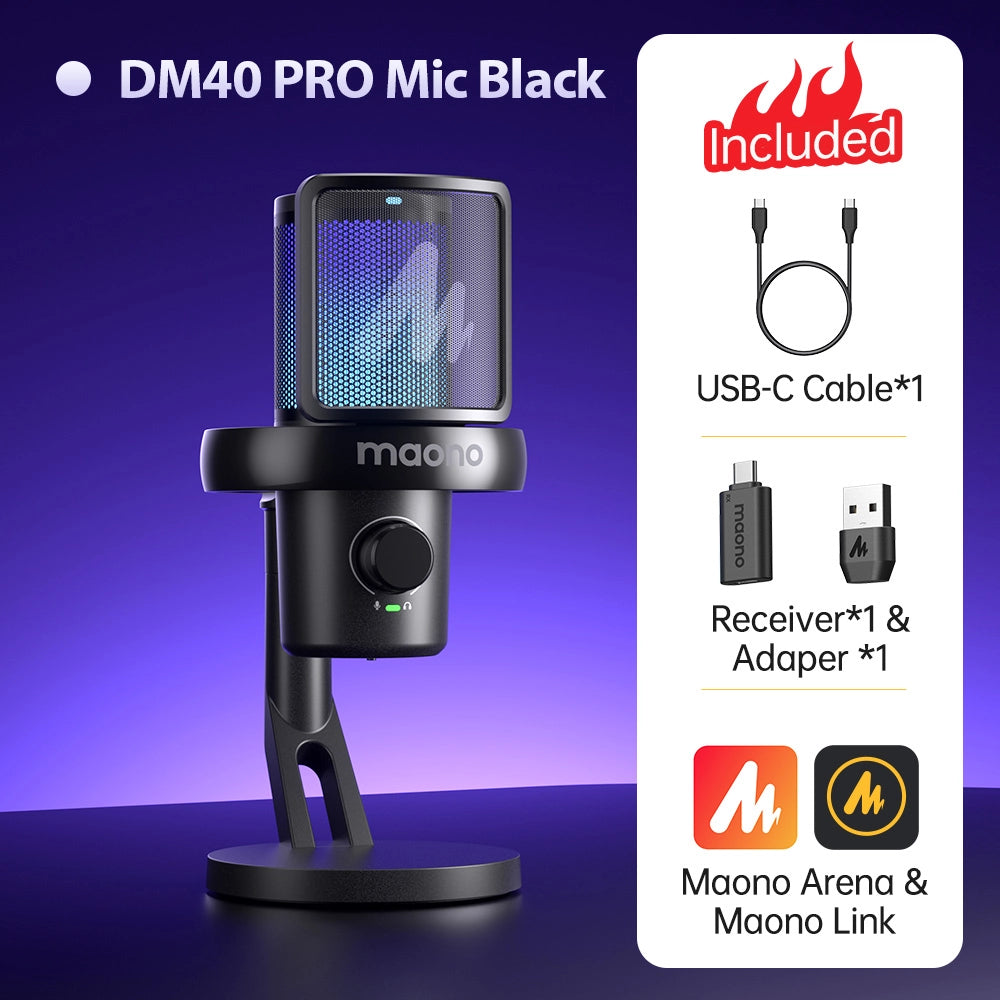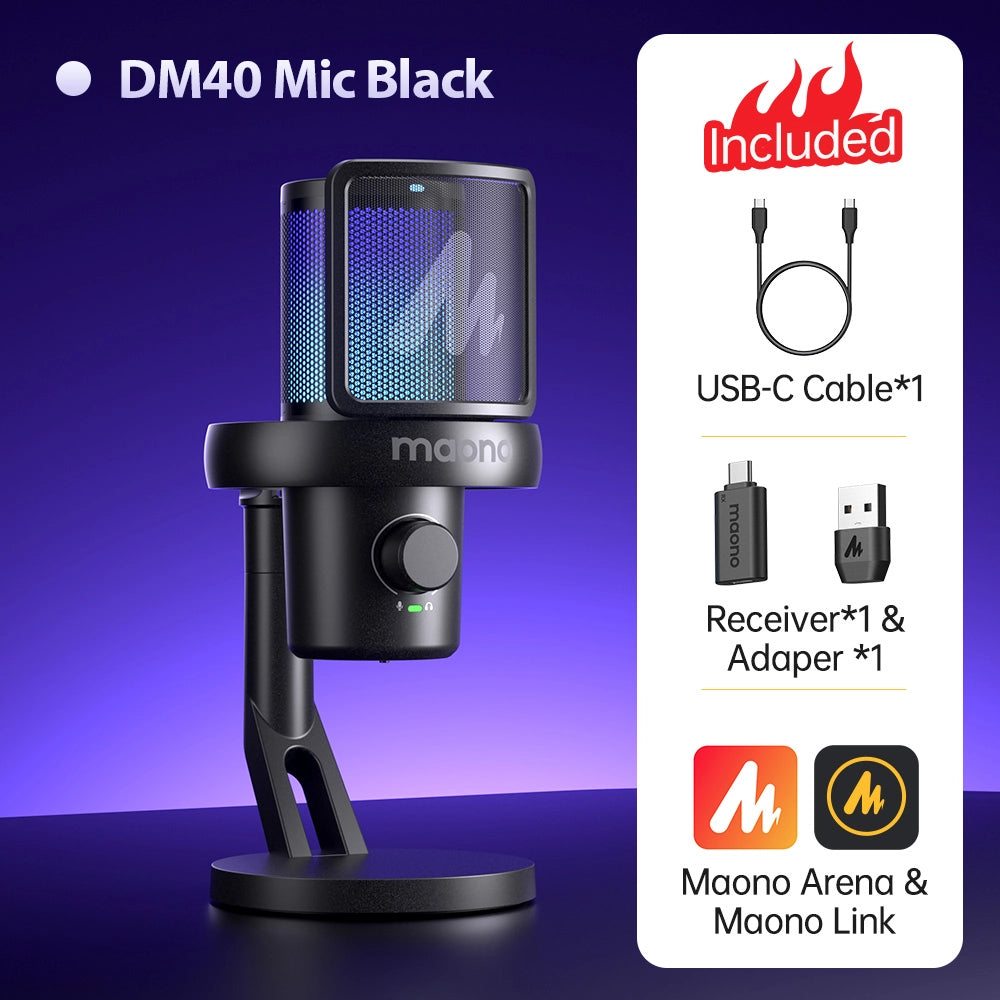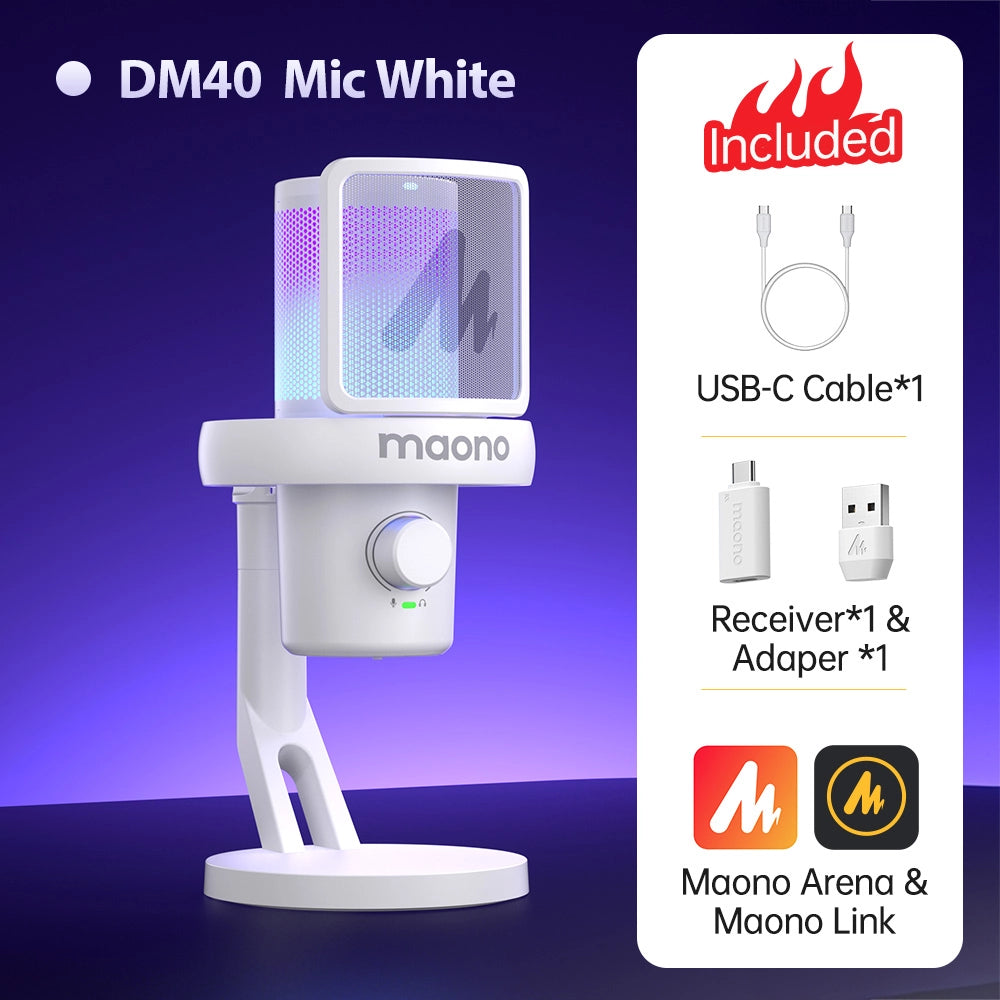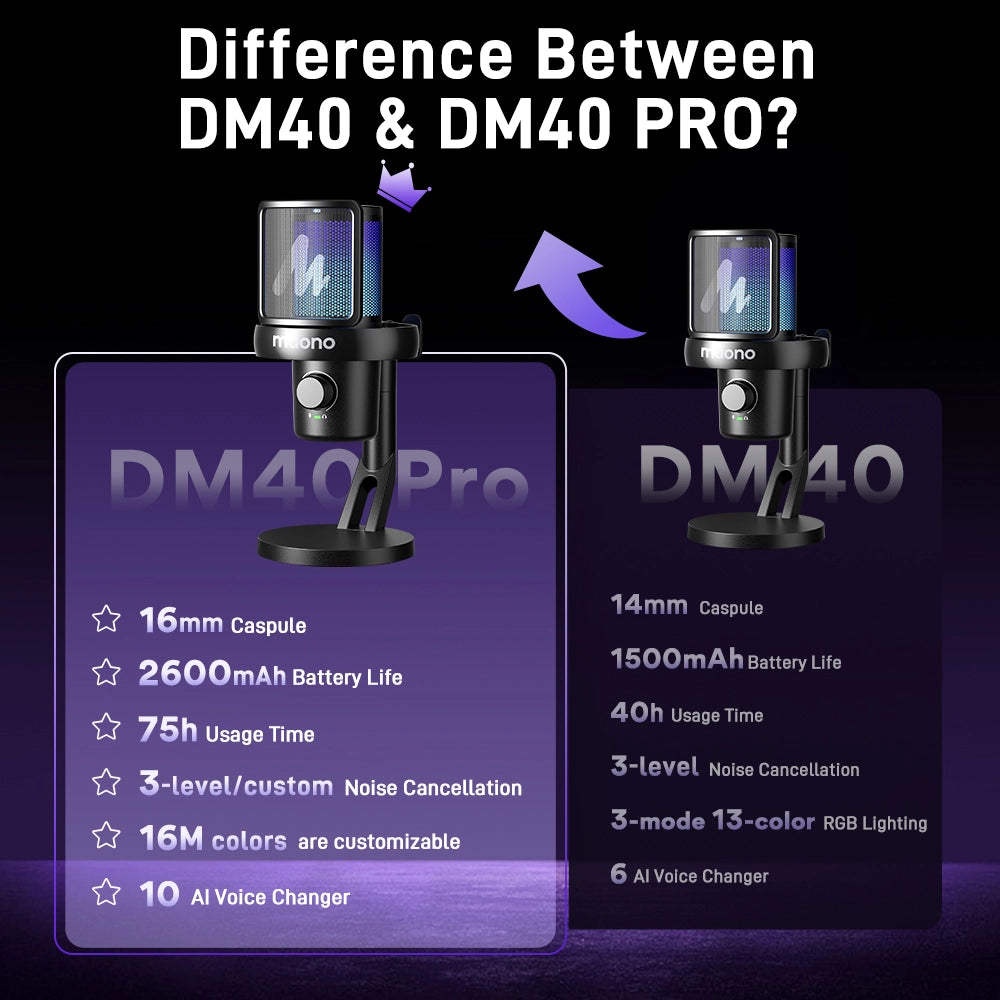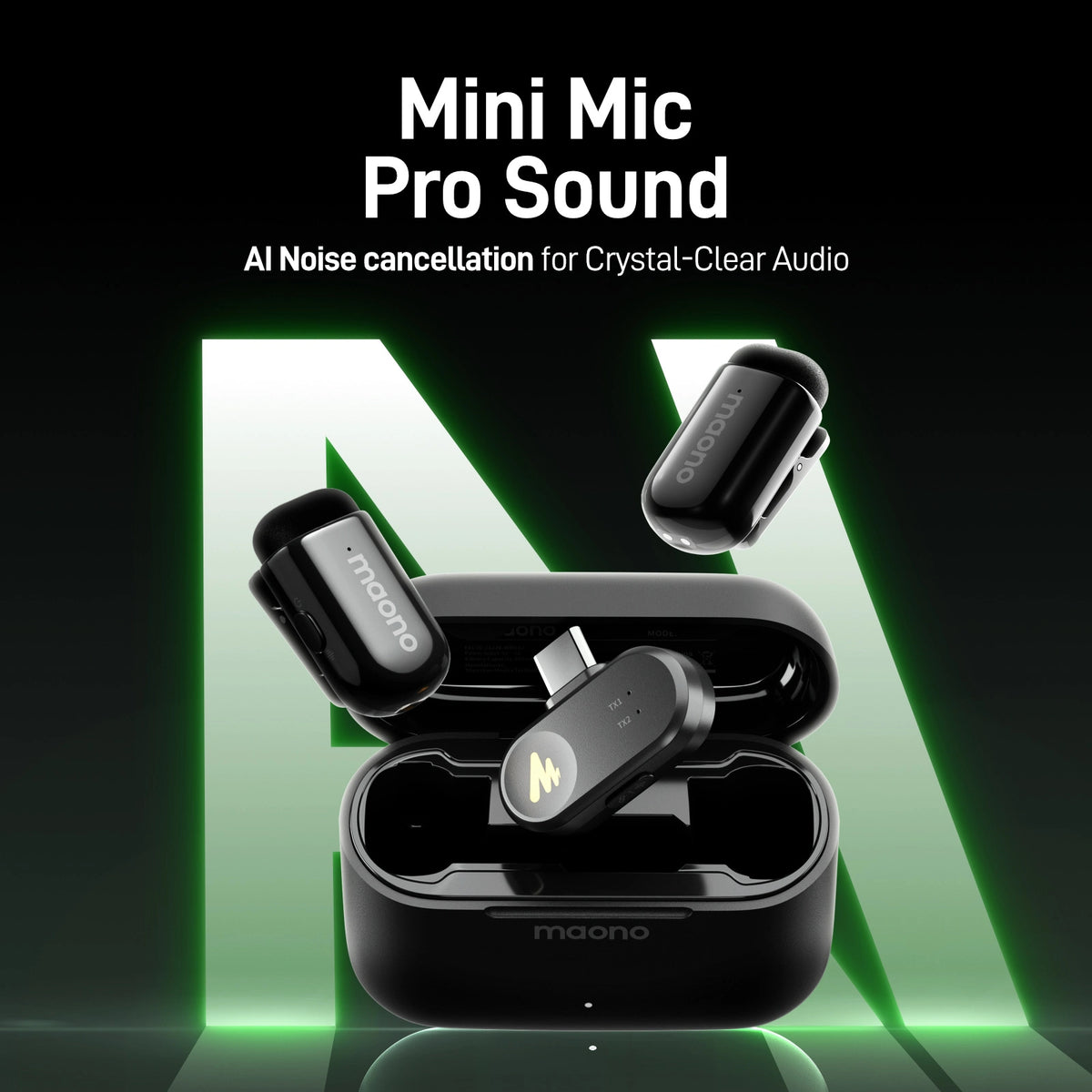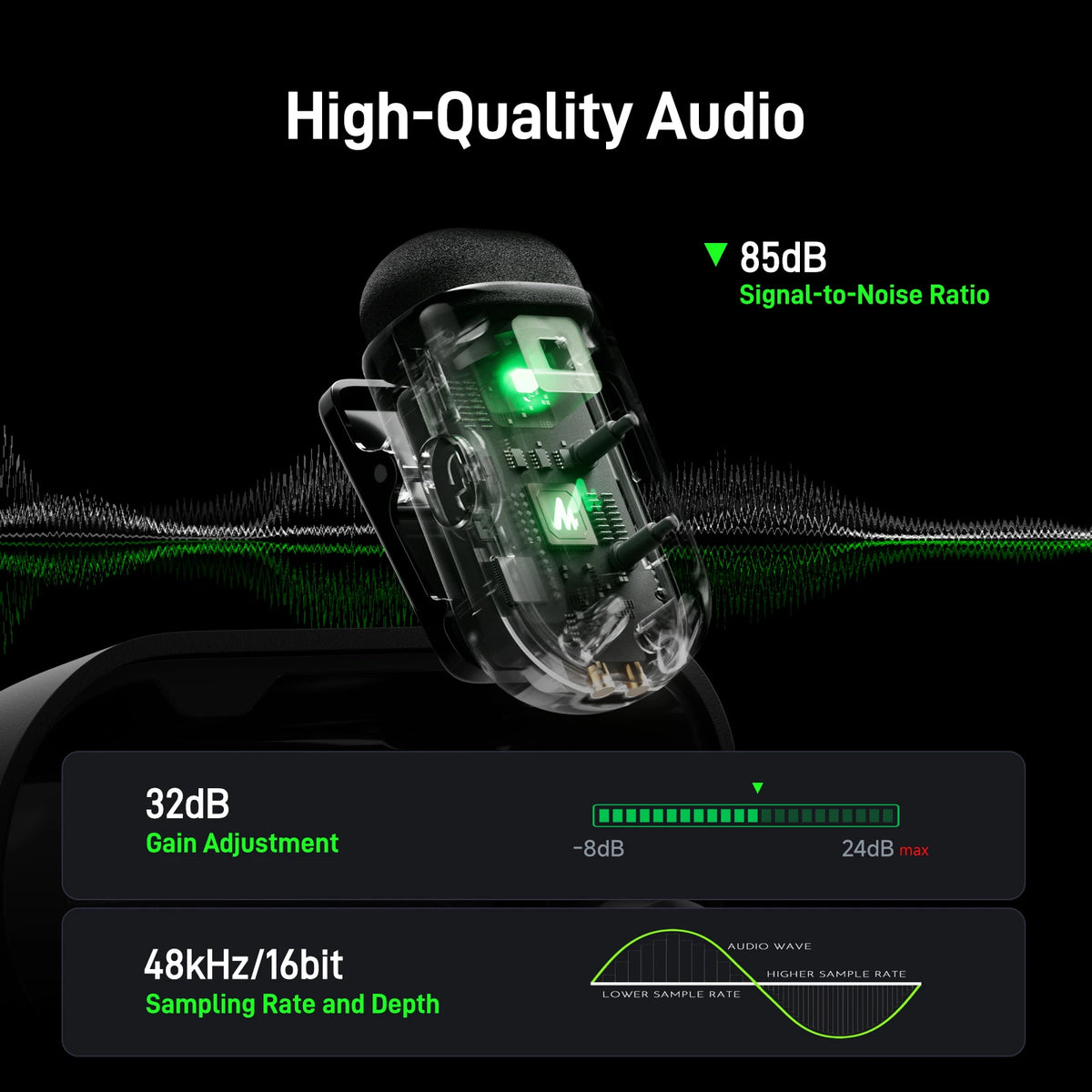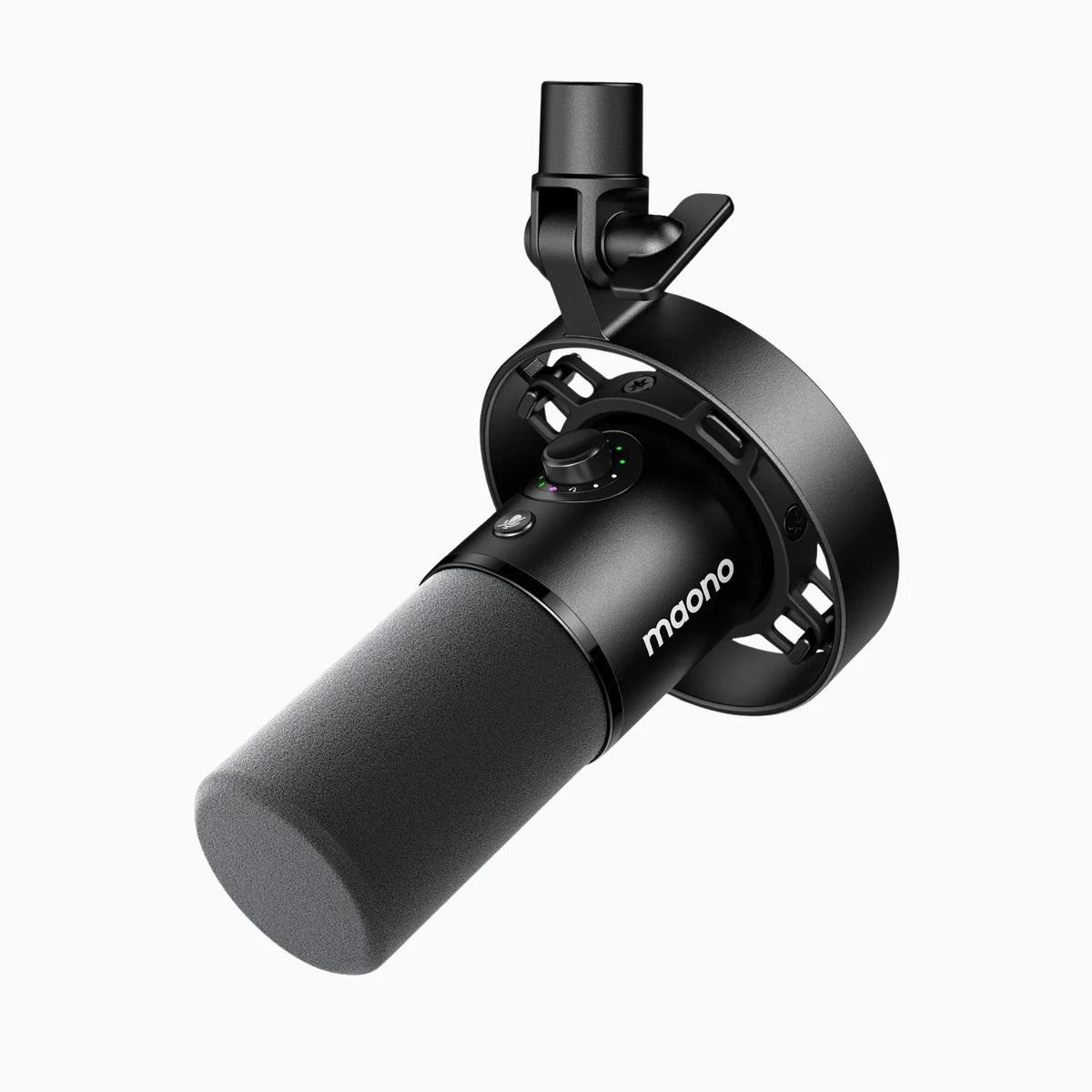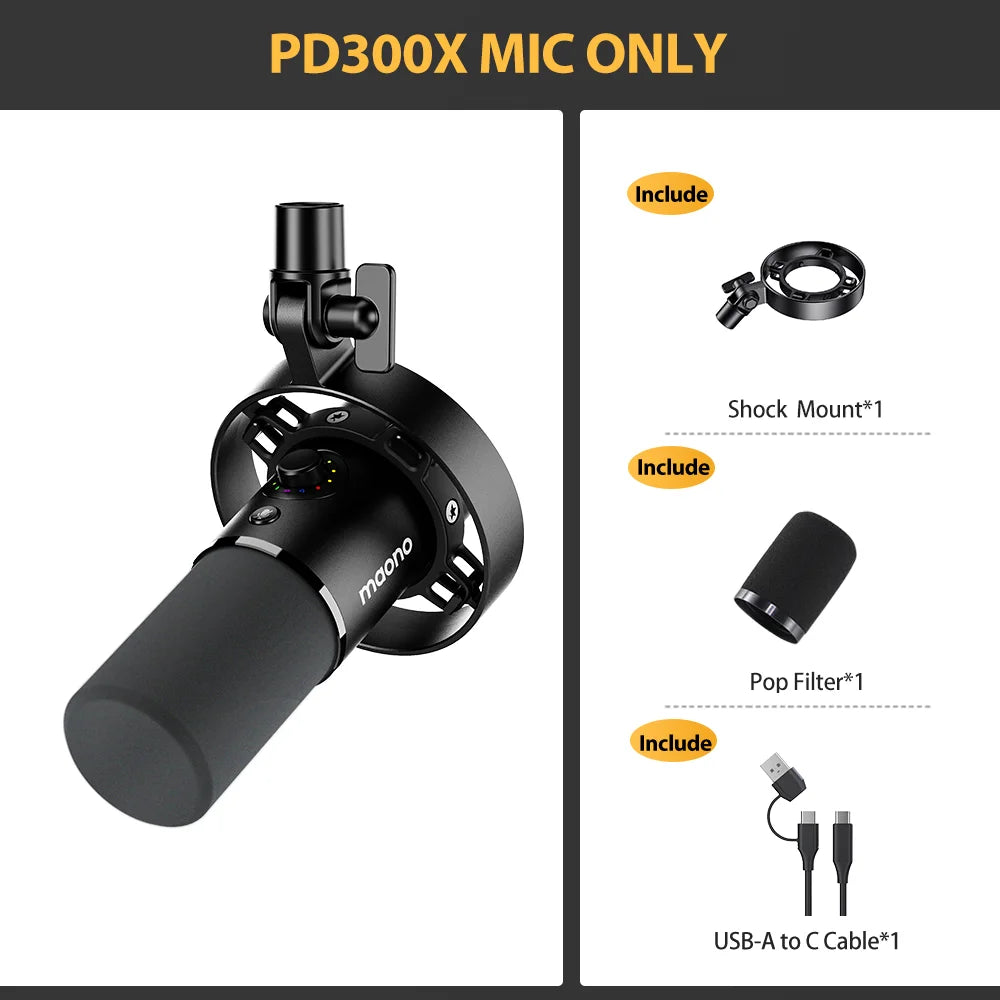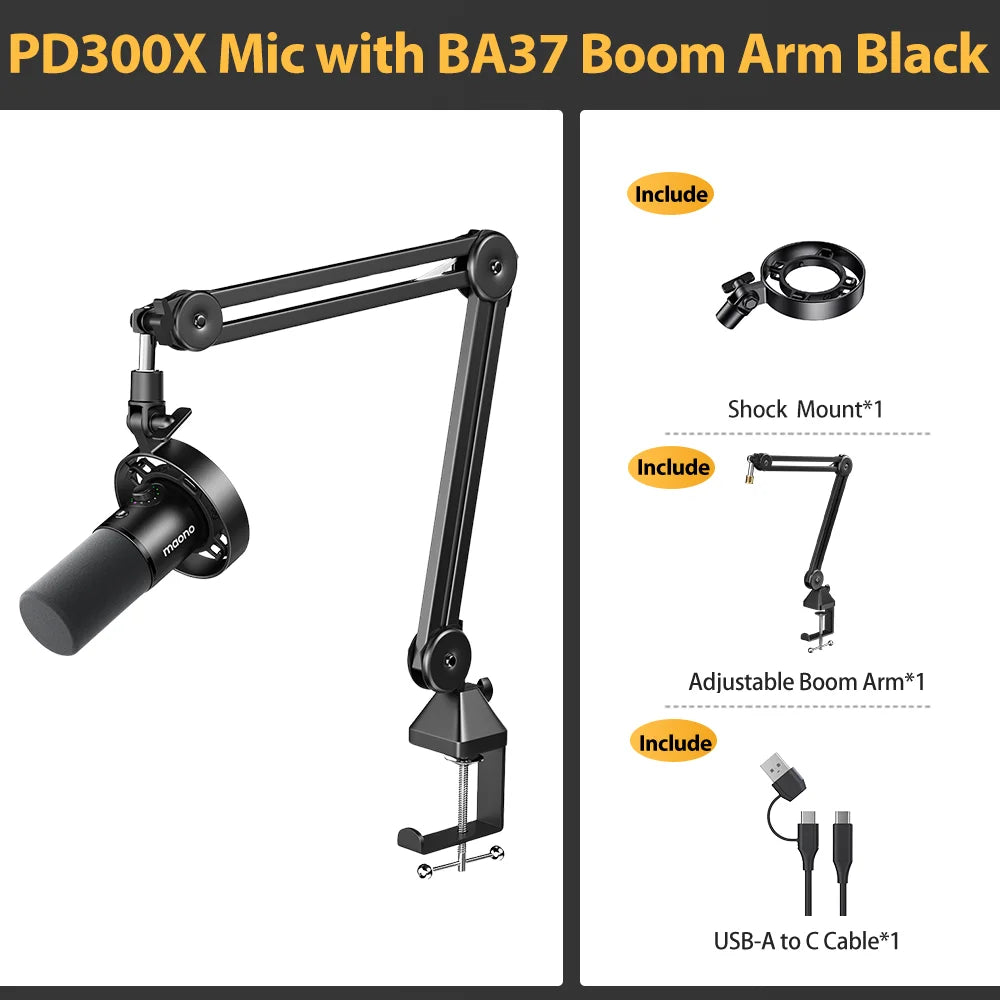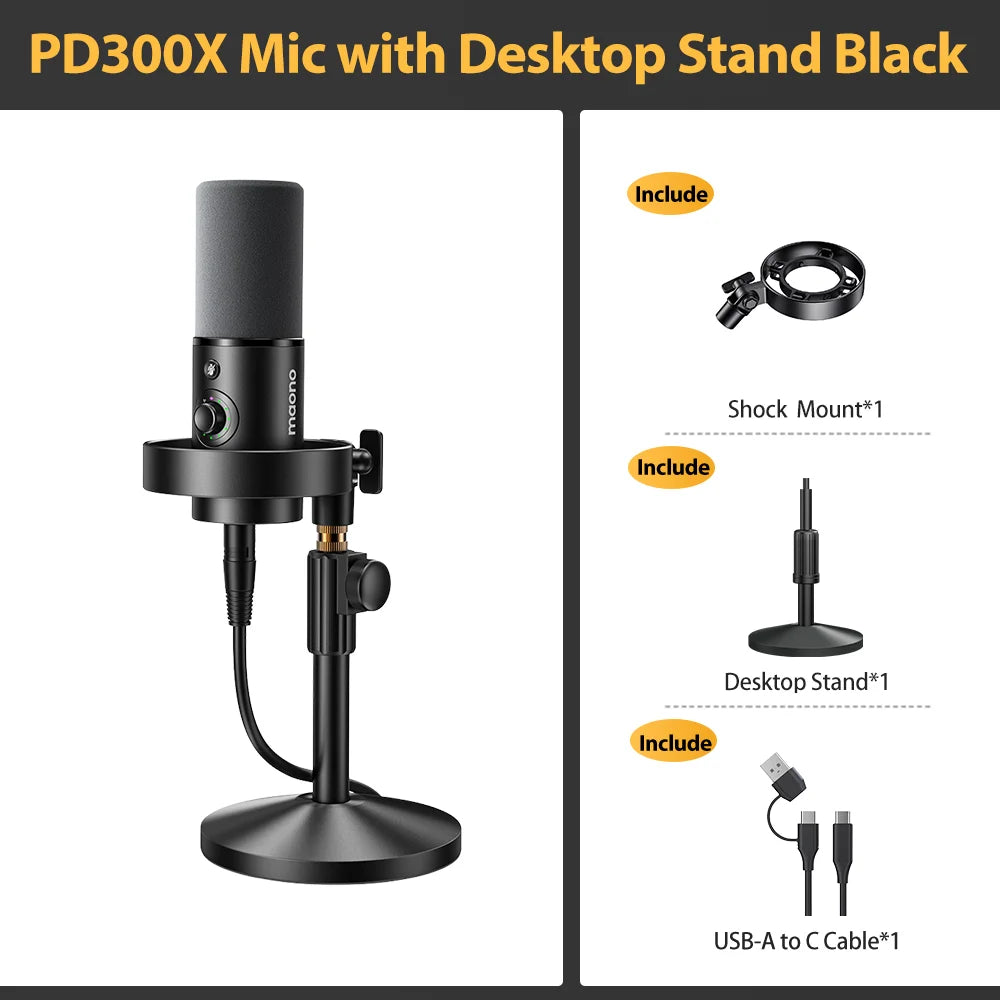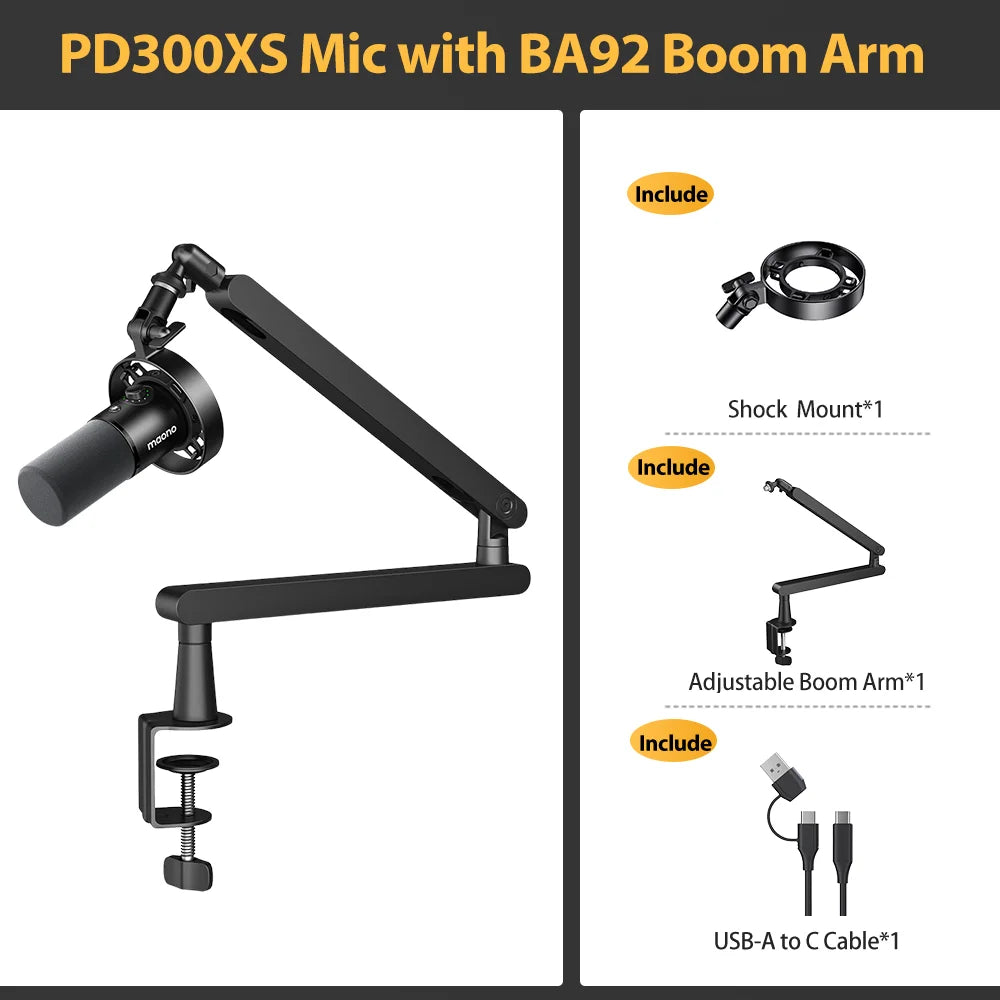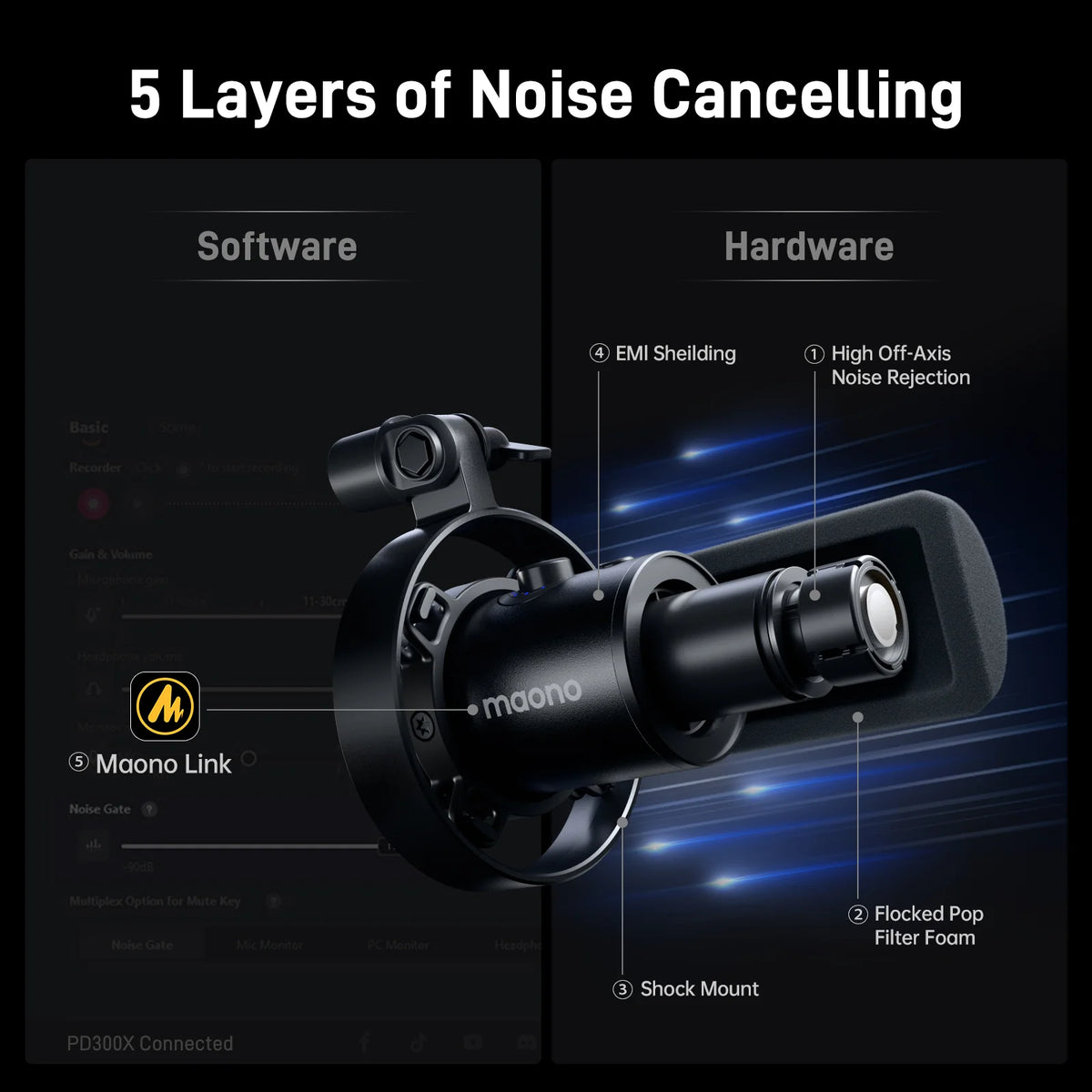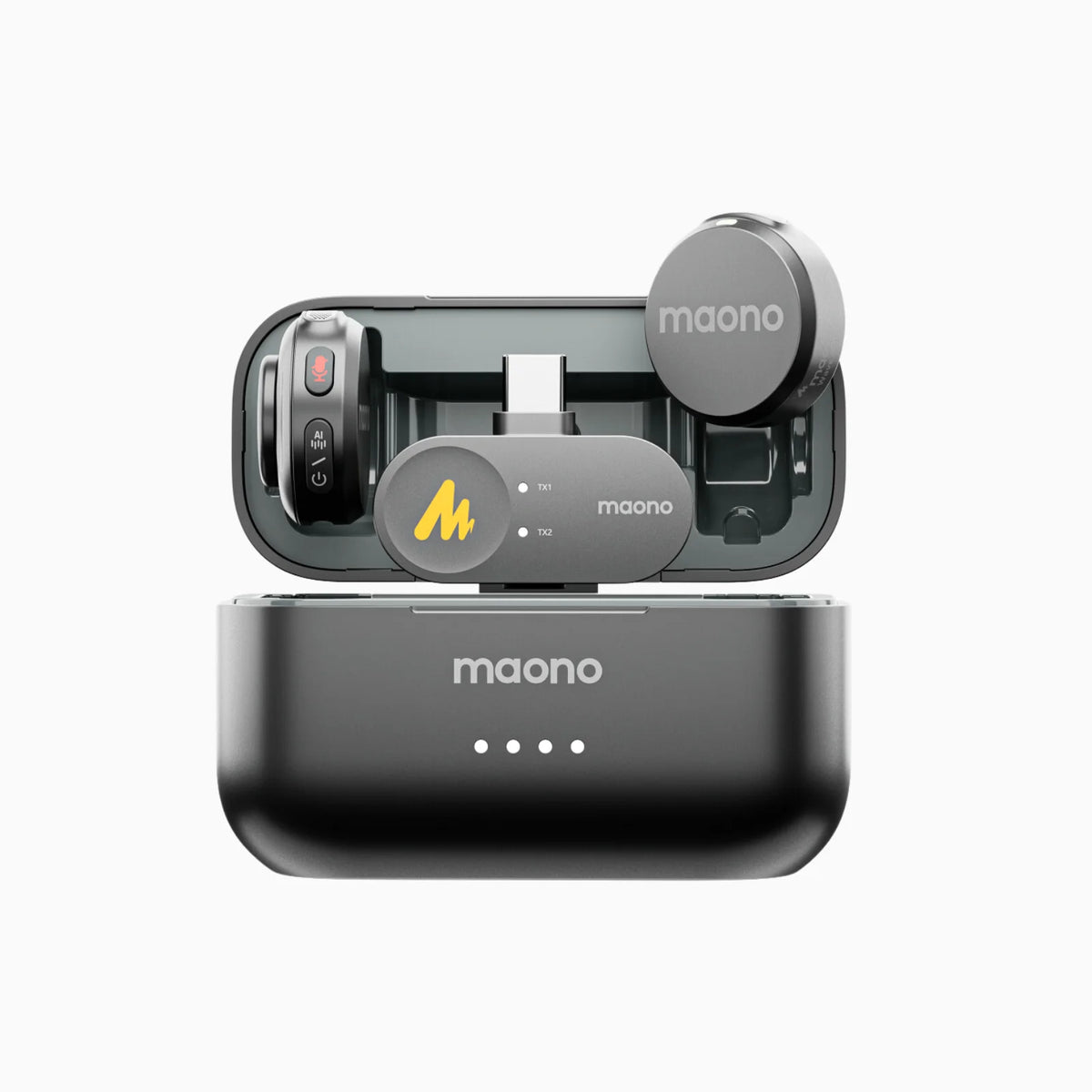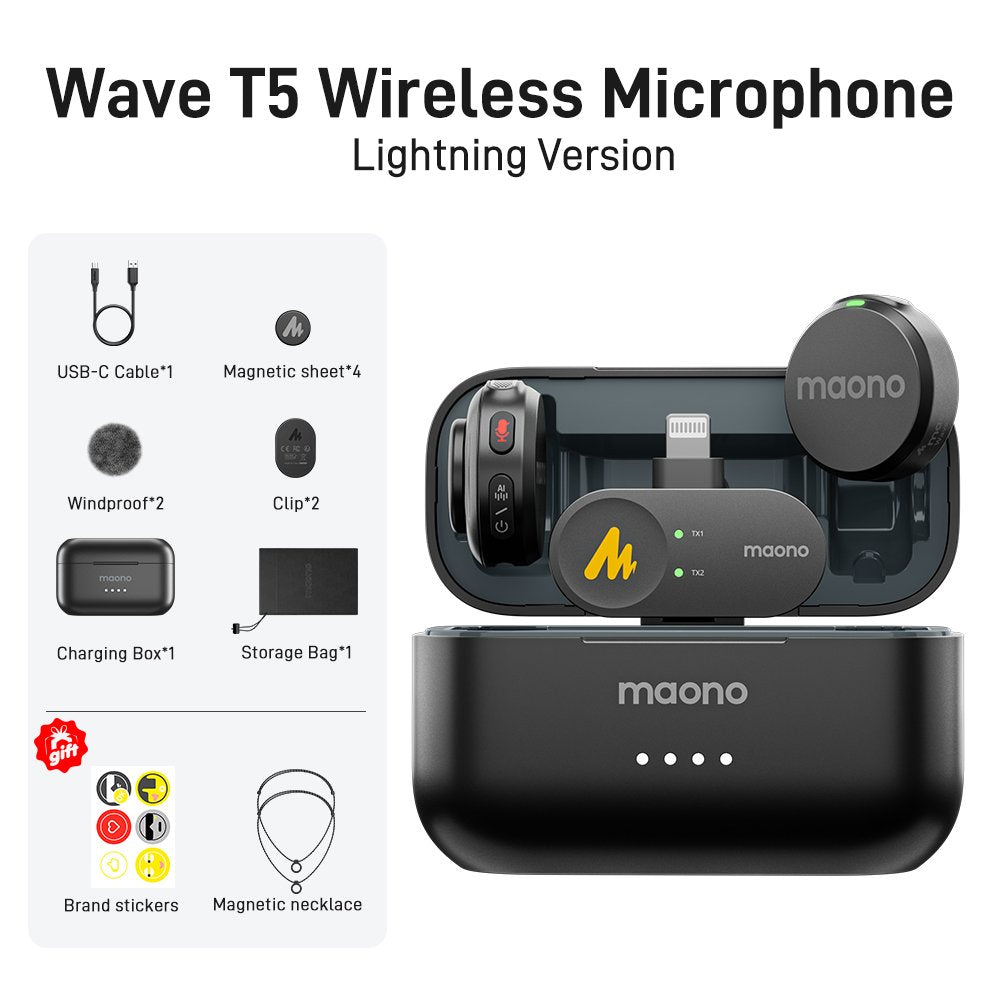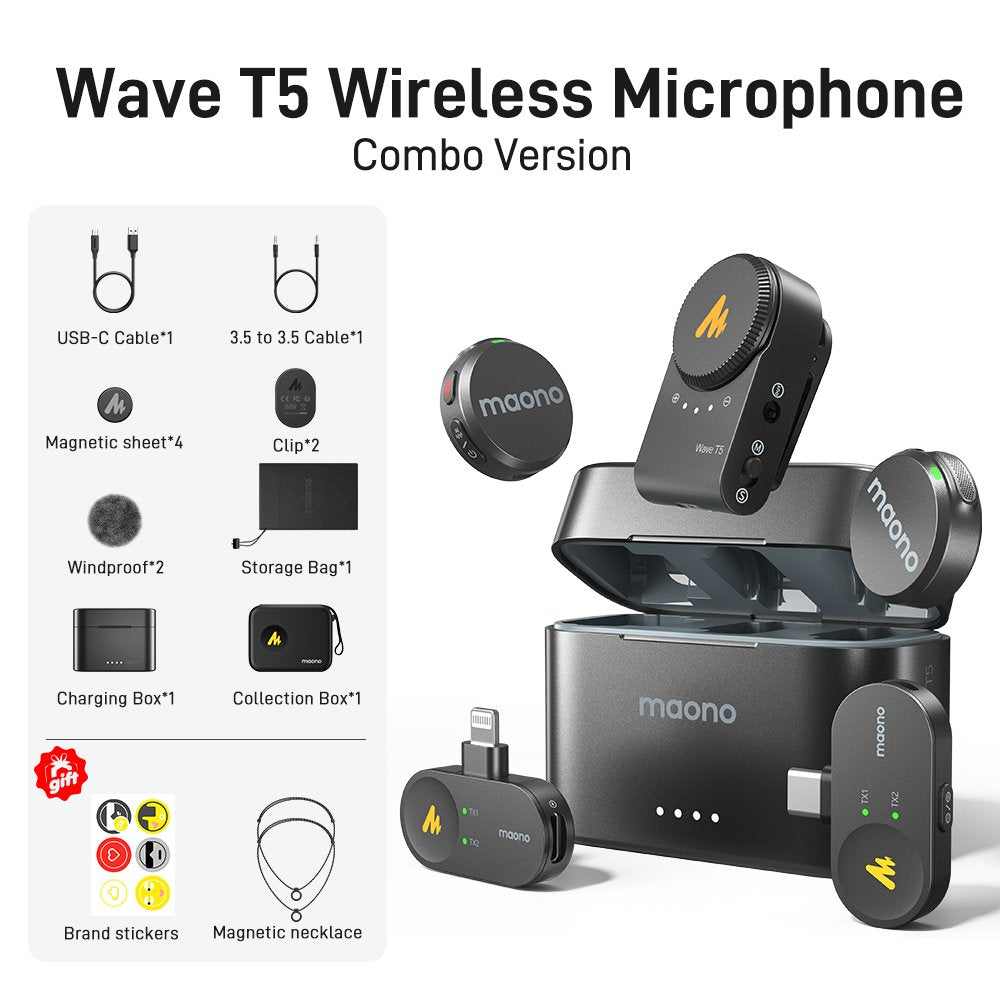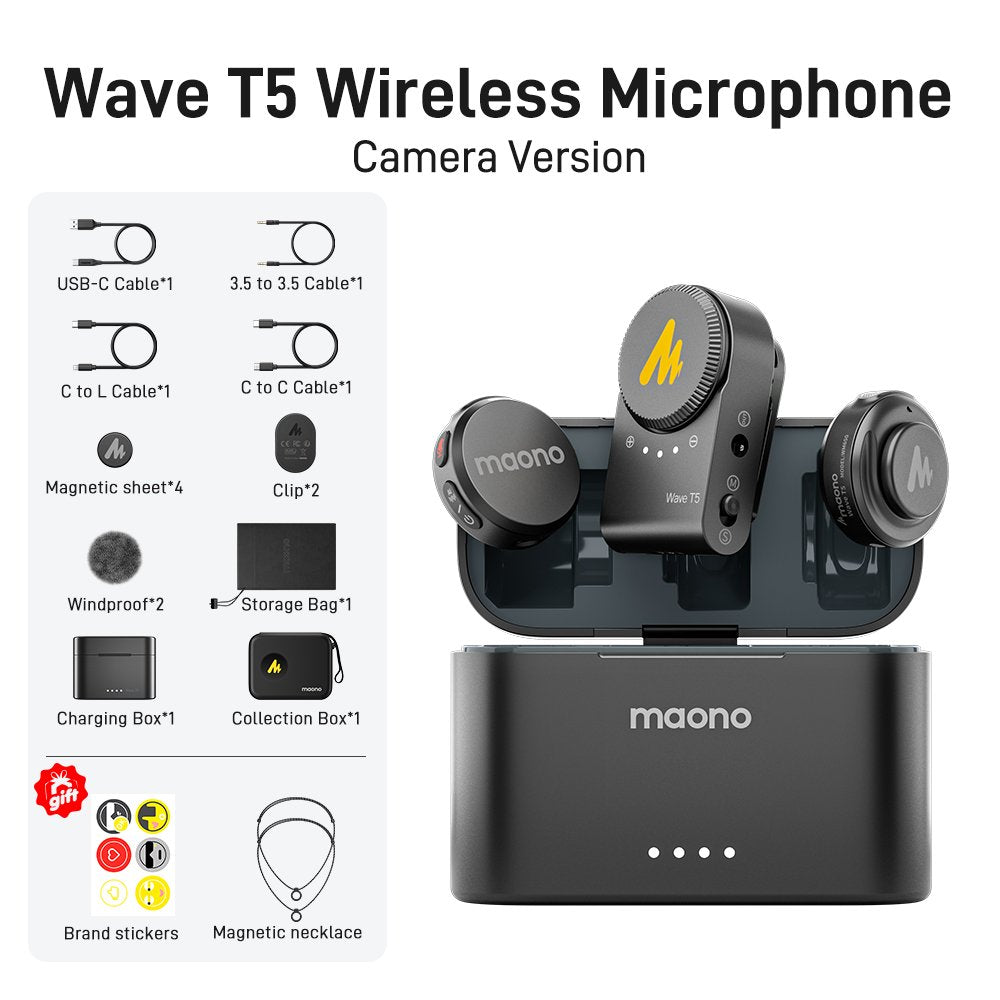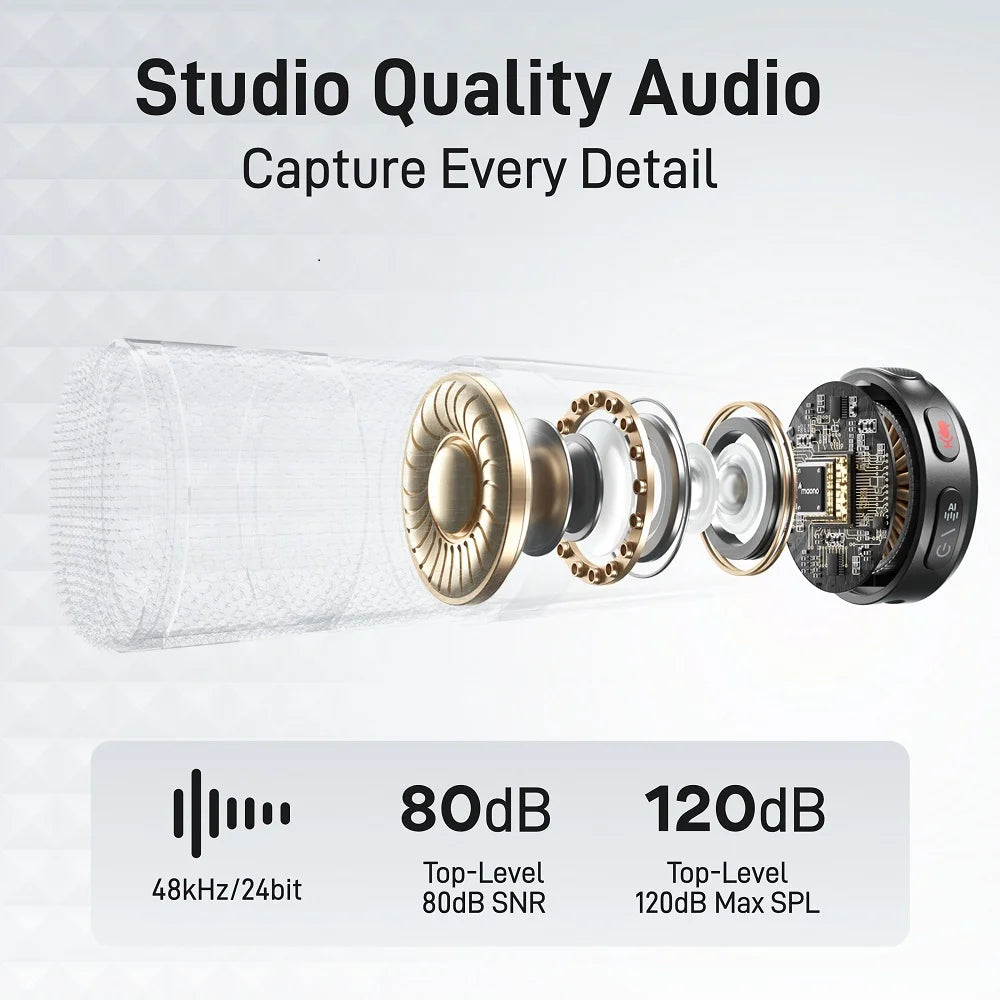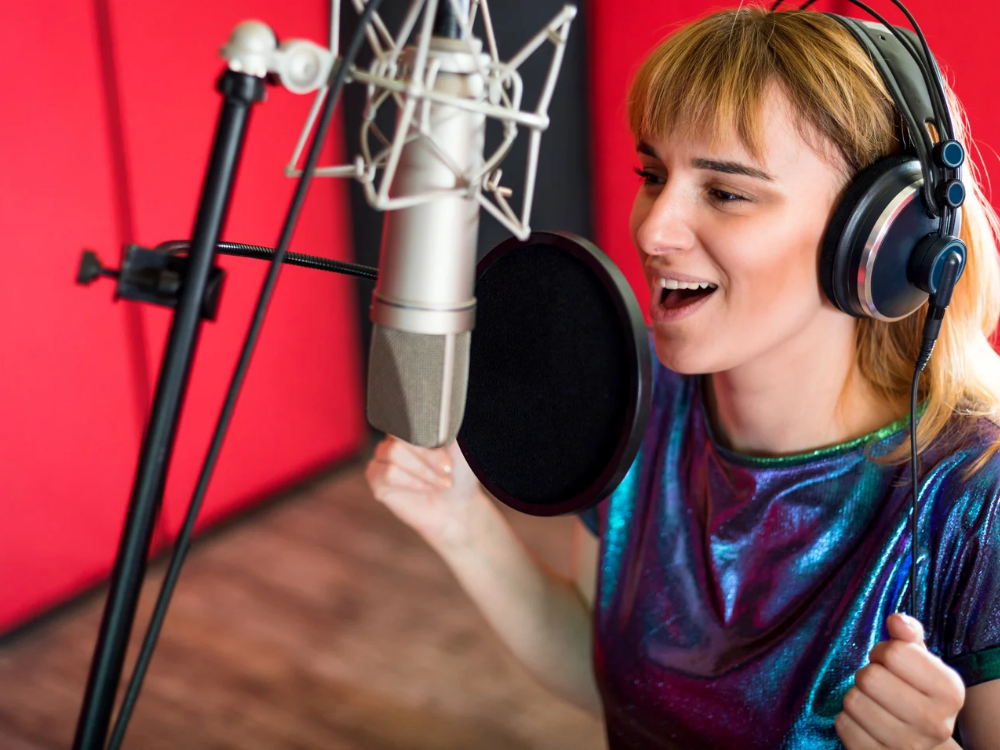What's the Importance of a USB Microphone with a Pop Filter?
It takes clarity and accuracy to record audio for voice-overs, podcasts, music, or live streaming. Plosive sounds, however, are a prevalent problem that can reduce sound quality. The air bursts known as plosives, which occur when strong consonants like "p," "b," and "t" are pronounced, strike the microphone. Your recordings may have annoying pops or distortions as a result of these quick air bursts.
A pop filter solves this issue. Placed between your mouth and the microphone, a pop filter acts as a barrier to disperse the air and soften the harshness of plosive sounds. If you're using a USB microphone with pop filter, especially in home studio setups, it’s ideal for a home studio recording setup. USB microphones are highly sensitive, and without a pop filter, you might find your recordings filled with unnecessary noise or distortion, reducing the overall quality.
Clear, professional sound starts with the right equipment, and one of the most overlooked tools is the mic pop filter. A basic pop filter can make all the difference when it comes to podcasting, streaming, or recording voices. It can separate amateur audio full of harsh plosives from studio-quality sound that captures every word. However, how can the best one be selected, and why is it so important? Let's explore pop filters and see how this tiny add-on may make your recordings sound even better.
What Scenarios Do You Use a Pop Filter?
Pop filters are primarily used in settings where vocals are being recorded, including:
- Podcasting: To prevent plosives from ruining the conversational flow.
- Singing: In music studios, pop filters help capture smooth vocals by reducing harsh pops.
- Voice-overs: Professional voice actors use pop filters to ensure clear and crisp dialogue without distortion.
- Live streaming: Streamers need to maintain clarity, especially during high-energy moments when they might speak forcefully.
What Kind of Pop Filter Should I Buy for a Dynamic Mic?
Dynamic microphones are popular in live settings due to their durability and ability to handle high sound pressure levels. However, they can also pick up plosives, so using a pop filter is essential. When choosing a pop filter for a dynamic mic, consider whether you need a traditional pop filter or a windscreen.
Recommended Maono Pop Filters:
- Maono PF150F Pop Filter: This classic dual-layer pop filter works well with most dynamic microphones. Its dual-layer mesh effectively reduces plosives without sacrificing sound quality. With a flexible gooseneck and easy clamp design, it's perfect for podcasting, singing, or voice-overs.

- Maono PD400X Replaceable Foam Windscreen: A windscreen, such as this foam option from Maono, can be a great alternative for dynamic microphones like the Maono PD400X. It’s smaller, more portable, and less intrusive than a traditional pop filter. Ideal for outdoor recordings or live events where a pop filter may not be practical.

In Inches, How Far Apart Should My Pop Filter Be from My Mic, and How Far Apart Should My Mouth Be from the Pop Filter?
The distance between your pop filter and microphone is crucial to achieving optimal sound quality. A common guideline is:
- Distance between pop filter and mic: The pop filter should be positioned 2-4 inches away from the microphone.
- Distance between your mouth and the pop filter: Your mouth should ideally be about 6-8 inches away from the pop filter. This helps in capturing the full tone of your voice while still preventing plosive sounds.
Is It Better to Have the Pop Filter Closer to Your Mouth or the Mic?
Generally speaking, it is preferable to have the pop filter nearer your mouth than it is to the microphone. Placing the pop filter approximately 6 inches away from your lips and 2 inches away from the microphone ensures that plosives are adequately controlled without compromising the quality of your voice. Your voice can be recorded at this distance without being distorted by sudden bursts of air.
How to Clean and Maintain a Mic Pop Filter?
Maintaining your pop filter is essential for long-term use, especially if you record frequently. Here are some tips for cleaning and maintaining your pop filter:
- Regular Cleaning: Saliva-related dust and moisture might build up on the filter. At minimum once every month, clean your pop filter. Pop filters made of mesh should be taken off the stand and cleaned using warm water and mild soap. Reattach it to your setup only after letting it air dry completely.
- Foam Windscreens: Over time, these can also gather bacteria. Just give them a gently wash and soak in warm water with a mild detergent, then pat dry.
- Avoid Excessive Moisture: If your home is damp, keep an eye out for too much moisture on your pop filter. After every session, wipe it down to prevent buildup.
Does the Pop Filter Quality Matter?
Yes, the quality of the pop filter matters. Although even the most basic pop filter can lessen plosives, better filters provide longer-lasting and clearer sound. For instance, compared to single-layer filters, dual-layer filters—like the Maono PF150F—offer more comprehensive protection against plosives. Furthermore, stronger materials give filters a longer shelf life, better shape retention, and less need for replacement.
FAQs
1. Is It Easy to Install Maono Pop Filters?
Yes, Maono pop filters have an easy-to-install design. An adjustable clamp that is compatible with most microphone stands is included with the PF150F. It is simple to place the filter precisely where you need it thanks to its flexible gooseneck. Installation is considerably easier for windscreen choices like the Maono foam windscreen; simply slide it over the microphone head. Maono pop filters are excellent for both novices and experts due to their simplicity of usage.
2. How Does the Performance of Maono Pop Filters Compare to Other Brands?
Maono pop filters are renowned for striking a balance between cost and quality. When compared to more costly manufacturers, Maono's filters offer superior plosive reduction at an affordable price. Particularly noteworthy is the PF150F's dual-layer mesh, which provides a high-end solution at a fraction of the cost of more expensive models. Maono pop filters match or even outperform more expensive competitors in comparison testing conducted in home studios, podcast setups, and streaming scenarios.
3. How Does the Maono Pop Filter Affect Your Recording Workflow?
Using a Maono pop filter, such as the PF150F, simplifies the recording procedure. After installation and positioning, it takes care of distorted audio, freeing you up to concentrate on creating content. Your setup is made simpler with a Maono pop filter because you don't have to keep adjusting it while recording. Maono pop filters are ideal for short recording setups because they don't add any extra steps to your workflow and are very simple to install and maintain.
Conclusion
A pop filter is an essential tool for any serious audio recording setup, from home studios to professional environments. Whether you’re recording a podcast, streaming live, or singing, a pop filter ensures that your audio remains clear, smooth, and free of distracting plosives.
Maono offers reliable and budget-friendly options like the PF150F and Maono foam windscreen, which deliver excellent performance without complicating your setup. By investing in a high-quality pop filter, you protect your microphone from moisture, improve your recording quality, and maintain a professional sound. Follow the recommended guidelines for distance and cleaning, and your pop filter will be an invaluable part of your recording gear for years to come.
Whether you're a beginner or a seasoned professional, incorporating a pop filter into your setup is a small yet impactful step toward achieving polished and clear audio in every recording session.


